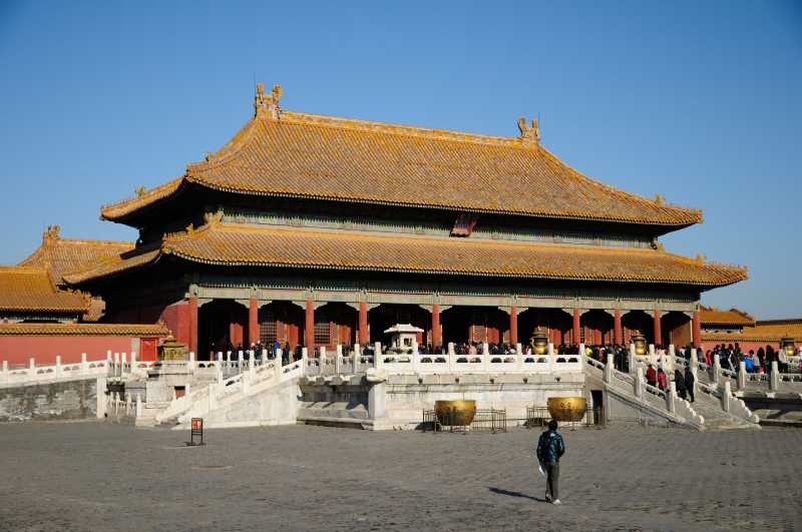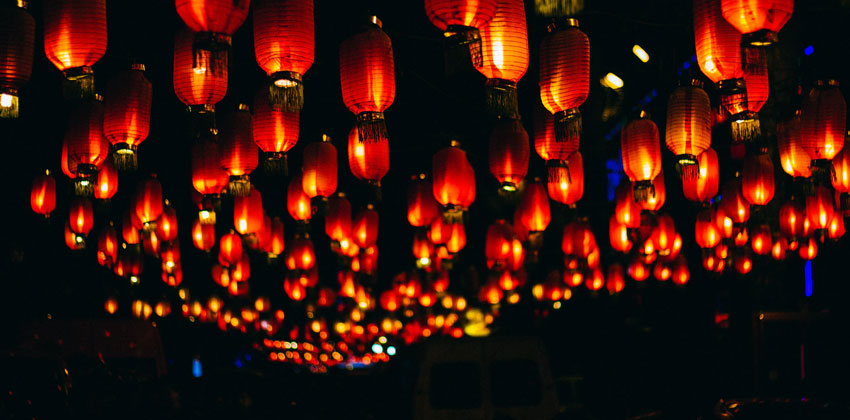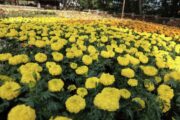The Forbidden city is illuminated after 200 years!

Qianqing Palace
There’s one more reason to visit the forbidden city in Beijing. The corridors of Qianqing Palace, also known as the Palace of Heavenly Purity, the largest hall of the inner court of Beijing’s Forbidden City, was brightly decorated by the Palace lanterns were hung up after 200 long years.
The palace lanterns, a must-have decoration for the traditional Spring Festival during the Ming and Qing dynasties (1369-1912), finally returned to restore a cultural atmosphere to the former imperial palace complex.
The lanterns will form part of an exhibition which is scheduled to open on January 6. Dubbed “Celebrating the Spring Festival in the Forbidden City,” the exhibition will showcase nearly 1,000 cultural relics that reflect the ancient decoration of the palaces during the Chinese New Year. The exhibition will have two sections, including the display of cultural relics, as well as real scenes. They will be categorized under six main themes – a praying ceremony, worships of the ancestors, greetings with family and relatives, emperor’s ruling philosophy, imperial entertainment and celebrations.

The exhibition aims to give an idea to the visitors how the royal members celebrated the Spring Festival during the Qing Dynasty (1636-1912). The palace lanterns are part of the real-scene exhibition, which will illuminate all the areas of the Forbidden City that are open to the public. More than 1,000 lanterns duplicating the ancient imperial styles will be made and decorated along the corridors of the palaces.
The tradition of making and hanging lanterns in the palaces had started during the Eastern Han Dynasty (25-220) and had become fashionable during the Tang Dynasty (618-907). The palace lanterns were considered precious gifts, which were usually bestowed to the chancellors as New Year’s gifts by the emperors. The patterns of the lanterns during that time become more diversified. Many of them were made into auspicious shapes as a wish for good luck.





